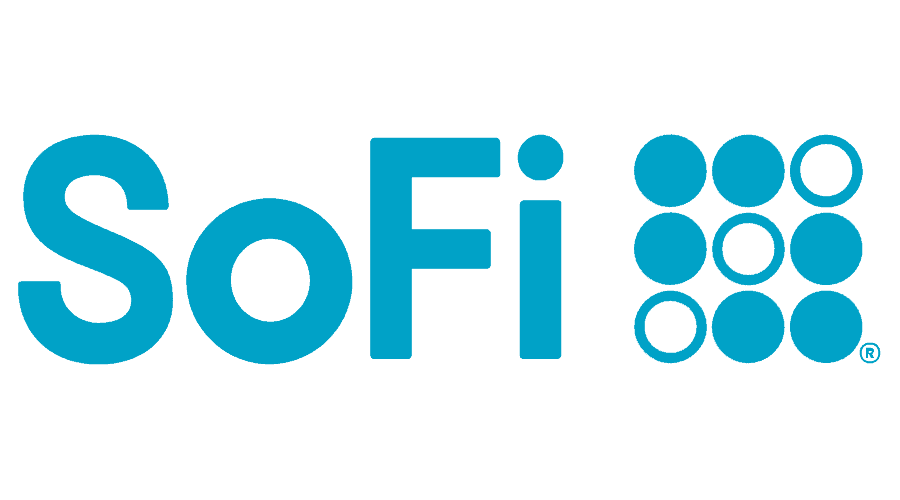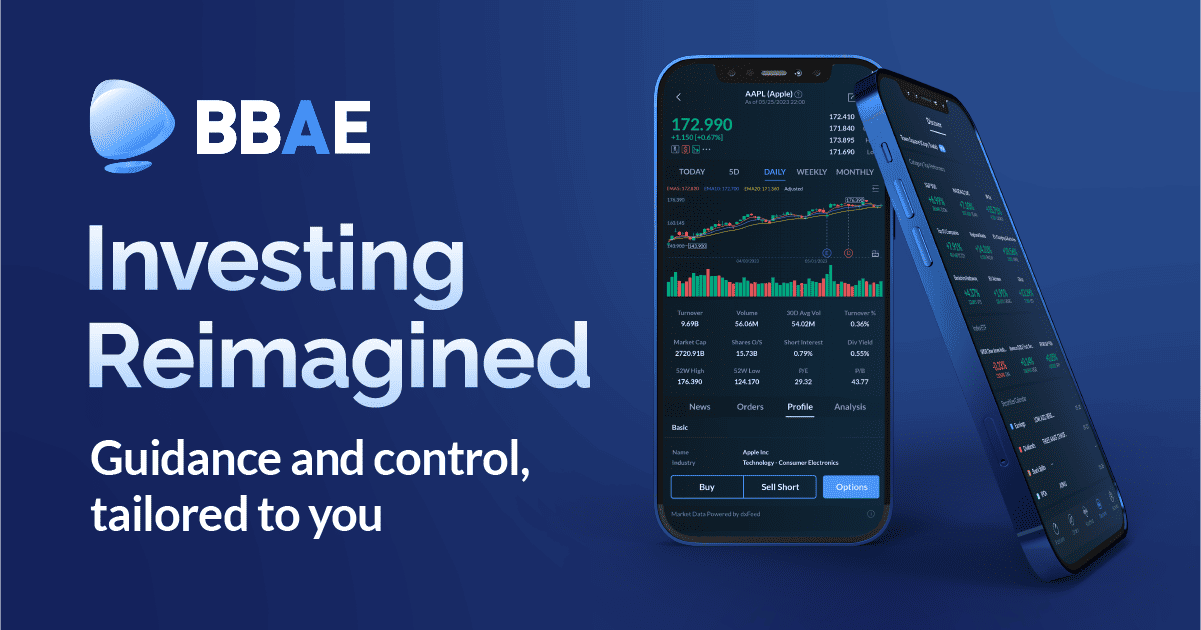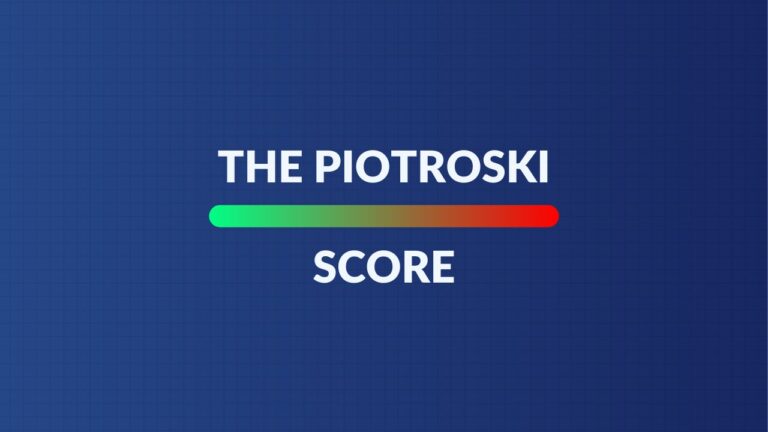SoFi (SOFI) – Q1 2024 Earnings Review – April 29, 2024

SoFi is a one-stop-shop for financial services. It aims to provide consumers with excellent products for all major needs and events. It further aims to delight them to the point of customers never going anywhere else. That creates key cross-selling and acquisition cost benefits. It owns its tech stack, has no branches and possesses a bank charter, which gives it cost advantages vs. incumbents and fellow disruptors. It also sells its tech stack to customers like H&R Block and Robinhood.
Demand
SoFi beat revenue estimates by 3.8% & beat guidance by 4.6%. Its 39.0% 3-year revenue CAGR compares to 48.3% last quarter and 34.8% 2 quarters ago.


Source: Brad Freeman – SEC Filings, Company Presentations, and Company Press Releases
Profitability & Margins
- Beat EBITDA estimates by 23.2% & beat guidance by 25.5%. Its incremental EBITDA margin for the quarter was 57%.
- Beat GAAP net income estimates & beat guidance sharply. This beat included a one-off benefit from repurchasing convertible notes at a discount as part of the recently completed capital market deals. Without this help, $28.7 million in GAAP net income more than doubled estimates and crushed $15 million guidance.
- Beat $0.01 GAAP EPS estimates by $0.01. With the dilution caused by the same capital market deals discussed above, they delivered no material boost to GAAP EPS.
- SoFi Bank (owned by SoFi Technologies) posted a 21% GAAP net income margin and an 11.7% return on tangible equity.



*Q3 2023 GAAP net income margin excludes one-off goodwill impairments.*
Source: Brad Freeman – SEC Filings, Company Presentations, and Company Press Releases
Balance Sheet
- $3.7 billion in cash & equivalents.
- $2.9 billion in debt.
- Share count spiked 12% Y/Y as expected via the capital market deals. As a reminder, the impact of those capital market deals is neutral to GAAP profit per share as the dilution is offset by more profits (via reductions in interest expense).
- Tangible book value per share is now $3.92.
- SoFi’s total capital ratio improved from 15.3% to 17.3% Q/Q due to those same aforementioned capital market deals. It does not plan to use this excess capital ratio leeway (regulatory minimum is 10.5%) in 2024 due to macro uncertainty and pessimism. That could quickly change if the backdrop were to brighten. It has $20 billion in annual origination capacity while staying comfortably over its capital ratio requirements.
Annual Guidance & Valuation
SoFi slightly raised its implied revenue guidance, which beat estimates by 1.3%. This still assumes -6.5% Y/Y lending growth and 20% Y/Y tech platform growth. That means the raise is coming from financial services. The capital market deals led to its tangible book value guidance rising from +$400 million Y/Y to +$900 million Y/Y. It reiterated adding at least 2.3 million members in 2024 for 30%+ growth.
From a profit point of view, it raised its annual EBITDA guide by 1.7%, which beat estimates by 3.4%. Finally, it boosted its $0.075 GAAP EPS guide by a penny, which beat estimates by $0.015. This is despite the 12% dilution because, again, the capital market deals were neutral to profit per share.
Quarterly guidance was light vs. analyst expectations across the board. Considering the annual raises, I don’t really care.
SoFi trades for 82x 2024 GAAP EPS with Y/Y EPS growth expected to compound at a triple digit clip through 2025.
Call, Release & Presentation
Lending Demand, Capital Markets and Loan Fair Value:
Lending continues to be held back by its conservative and uncertain macroeconomic outlook. 82% of this revenue is now from net interest income (NII) vs. 62% Y/Y as it continues to lower blended cost of capital and command resilient yields. Fair value loan value drags and lower servicing revenue offset all NII growth, leading to 0% Y/Y growth for the segment.
The borrower and capital market demand for its credit remains robust, but SoFi expects lending to shrink 6.5% Y/Y in 2024 at the midpoint. Leadership was asked about why their stance is remaining so pessimistic in lending. They called it more uncertain than pessimistic and said they have the demand and ample balance sheet capacity/flexibility to lean into originations if things are better than expected.
A key piece of things actually being better is robust capital market demand… and that demand remains promising. The company was able to place about $1.9 billion in total capital market loan sales during the quarter including $1.26 billion in personal loans. The personal loan sales were executed at a robust 5.7% blended gain on sale margin, while student loan sales were conducted at 4.9%. Both of these sale execution levels are comfortably above the respective current fair value markings on its portfolio. Clear sign of markings being accurate. Personal loans are marked at 104.2% vs. 104.9% Q/Q, while student loans are marked at 103.8%, which is stable Q/Q.
For personal loan capital market transactions, the structure was similar to other recent deals. Most of the premium being paid by capital market buyers is within the servicing rights bucket. There’s also the same loss sharing provision that builds in a loss rate buffer beyond expected levels.
Fair Value Inputs:

While it says default rate stayed at 4.8% Q/Q, it did actually rise by a few basis points.
Loan Stats:
- $15.06 billion in personal loans held for sale at fair value vs. $15.33 billion Q/Q.
- $6.83 billion in student loans held for sale at fair value vs. $6.72 billion Q/Q.
- Origination volume overall rose by 22% Y/Y. Personal originations rose by 11% Y/Y, student by 43% and home by 274% (small base & newer product).
Credit Health:
The other big piece of SoFi gaining confidence in getting aggressive with lending again is credit health. As we just highlighted, the very small uptick in personal loan default assumption is encouraging; its borrower quality also remains strong:
- Personal loan average borrower income of $169,000 and average FICO of 746.
- Student loan average borrower income of $146,000 and average FICO of 768.
- Average depositor FICO of 744.
Its personal loan net charge off (NCO) rate plummeted, but for a specific reason unrelated to improving credit performance. It sold off $62.5 million in late-stage delinquent personal loans during the quarter. This is rare for them, but they were able to realize “positive value from both recovery and servicing value.” This helped NCO. This also greatly reduced the 3% of outstanding loans from borrowers that it would no longer originate in today’s environment.
90-day student loan delinquency rate was stable at 0.13%. For personal loans, it continued to tick up to 0.72% vs. 0.58% Q/Q as expected. While that’s not ideal, the team remains “extremely confident” in life of loan loss rates peaking at 7%-8% for this cycle and not breaching that previously set target. That is great to hear. There are a few reasons for this conviction beyond cross-cycle underwriting experience. First, the recent upward trend we’ve seen in NCO (excluding the delinquent loan sale) is expected to slow materially. This is because SoFi is experiencing higher prepayment rates and demand for shorter term loans. That means front-loaded net charge-offs, and fewer charge-offs later in loan terms. That front-loading has now largely played out. Furthermore, SoFi’s credit vintages since tightening its parameters in Q3 2022 are showing real signs of strengthening:
- Q1 2023 vintage has 20% better loss rates over 12 months of loan maturation vs. Q3 2022.
- Q2 2023 vintage has 20% better loss rates over 9 months of loan maturation vs. Q3 2022.
- Q3 2023 vintage has 40% better loss rates over 6 months of loan maturation vs. Q3 2022.
Funding Sources, Balance Sheet Optimization and Net Interest Margin (NIM)
NIM fell a bit Q/Q, but expanded 43 bps Y/Y to 5.91%. The team remains highly confident in NIM staying over 5% for the foreseeable future, just like it said last quarter. Cost of funding optimization is an important part of this conviction. The company pockets an added 226 basis points of margin (vs. 219 Q/Q) when shifting from warehouse-funded credit to deposit-funded credit. Using these deposits to fund loans is one of the main perks of having its charter. It added another $3 billion in deposits during the quarter while adding about a quarter billion in total loans to further optimize its funding structure. This allowed it to shed $2.4 billion in warehouse usage during the quarter.
- 90%+ of deposits are from direct depositors.
- 50%+ of SoFi money accounts are setting up direct deposit by day 30.
- Still has $3.9 billion in expensive credit to displace between brokered CDs, warehouse credit and revolving credit.
Financial Services:
Financial services continued to rapidly grow by 86% Y/Y and 8% sequentially. And as you can see above, contribution margin is exploding higher too. This is despite losing $100 million annually on its credit card and investment products to perfect and scale the offerings. SoFi is now seeing outperforming credit card loss rates and encouraging traction within that product bucket. Leadership told us on the call that it will aggressively pursue growth here in 2024.
Debit spend tripled Y/Y to $1.9 billion to reach $7.5 billion in annualized spending levels. This is the direct result of its high yield savings account and sticky deposit customers inevitably using their deposits in day-to-day life. SoFi money accounts rose 61% Y/Y to keep top-of-funnel for this debit interchange cross-selling humming. SoFi Invest products in circulation rose by just 1% Y/Y, but rose by 24% Y/Y when excluding the impact of closing its crypto business (had to with the bank charter). Annualized monetization per product continued to briskly rise 31% Y/Y to reach $59. That shows strengthening engagement.
Tech Platform:
Growth was driven by strong ramps from new customers including a large bank deal signed in Latin America. Demand was again called strong, but we heard nothing more about the proof of concept with a top 5 U.S. bank.
Take
I’m not going to turn sour on a company or a report because the stock price reacted negatively to it. As I said in the preview last weekend, the stock is about as noisy and volatile as they come. But what was the overall takeaway from that preview? That if the signs of profitable compounding and marching to 2026 targets remained clear, I would remain pleased and patient. That is what happened. SoFi the company is executing at a level that makes me happy to wait out the immensely frustrating price action.
This quarter gave me everything I wanted from a fundamental point of view; reiteration of a 7%-8% peak loan loss rate; more outperformance despite a fair value loan drag this quarter; more rapid leverage; more guidance raises; more success. Works for me.











